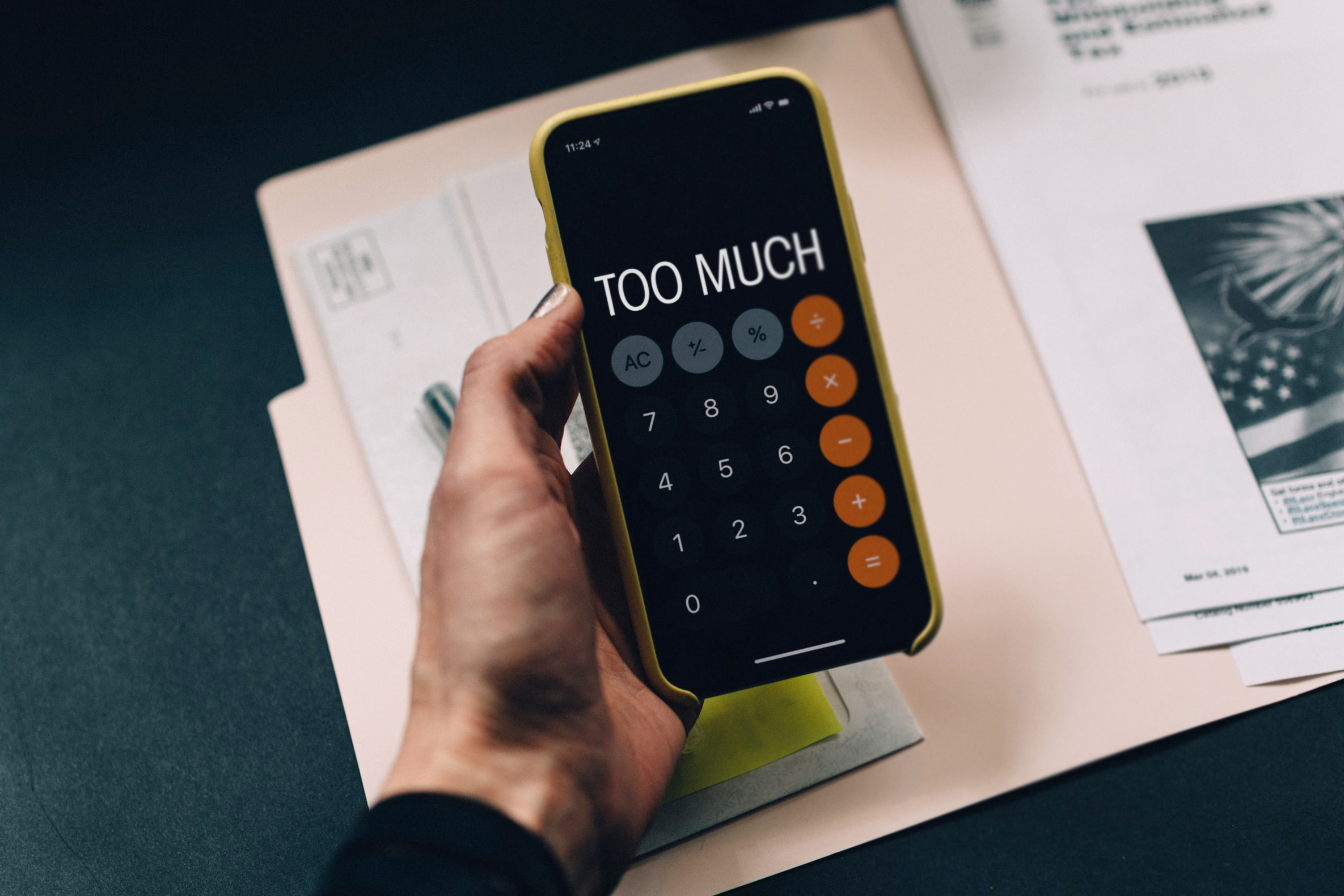Step one to achieving carbon-neutral status for your business
As the climate crisis escalates, the consequences of neglecting the environment that we live in can be seen at every turn, from extreme weather conditions resulting in rivers to overflow and the drastic increase in forest wildfires. The global warming and climate change crisis is a battle that must be fought together.
As countries unite to speed up efforts to protect the world’s ecosystems, how can businesses do their part to protect the environment? The term ‘carbon-neutral’, ‘carbon neutrality’ and ‘net zero carbon’ are buzzwords that are often used when discussing sustainability in the workplace, but what do they mean in practice?
What is the definition of carbon-neutral?
Becoming carbon-neutral or net-zero, means offsetting the carbon emissions that you produce by removing the same amount from the atmosphere. When carbon dioxide (CO2) enters the air, it works as a blanket to trap heat in the atmosphere. This then increases temperatures across the world which can trigger natural disasters and destroy ecosystems essential to our survival.
Carbon neutral means balancing your carbon emissions, which is different to zero carbon. Zero carbon means when no carbon emissions are generated.
How can my business achieve carbon-neutral status?
To earn carbon neutral status, you need an active strategy in place to track how much carbon you release into the atmosphere to be able to calculate how much carbon you need to remove from the environment to offset your emissions.
To do this, you need to understand how to reduce C02 from the atmosphere.
Planting trees – Trees absorb carbon dioxide like a vacuum through photosynthesis and store this in wood and soil. You can do your part by implementing a paper-free policy, planting trees, protecting forests from the threat of deforestation, and supporting carbon farming.
There’s a reason why more businesses are promoting sustainability initiatives to drive customers, such as ‘we’ll plant a tree for every order’, and this is it.
Switching to renewable energy – Non-renewable energy takes a long time to naturally renew and because of this, the supply is limited. Traditional sources of energy, such as oil, gas, and coal, are non-renewable as they are created by burning fossil fuels that release C02 into the atmosphere.
Renewable energy, such as wind or solar energy, is generated naturally and at a quicker rate than non-renewable energy. It is also a cleaner energy source as it generates zero carbon emissions, unlike non-renewable energy.
Online franking – Online franking services lets you outsource mail to a specialist provider that will securely print your letters, and direct them to a postal delivery service. Postworks lets you print without the carbon footprint as it is a paper-free solution for your office, and Postworks is also the first online postal company to be carbon neutral.
The path to achieving carbon neutral status is a journey that will require cooperation from receptive employees. Taking the first step to assess and reduce your C02 emissions will take persistence and patience, but this is essential to building a greener business.
To avoid the world turning into a greenhouse, businesses must adopt initiatives that can reduce C02 output and inspire others to follow suit.
This guest post is written by Keith Tully, a partner at Real Business Rescue, a leading business recovery firm rescuing businesses at risk of becoming insolvent and supporting company directors in financial distress.
To find out what Postworks is doing to decrease our Carbon Footprint have a read of our article

